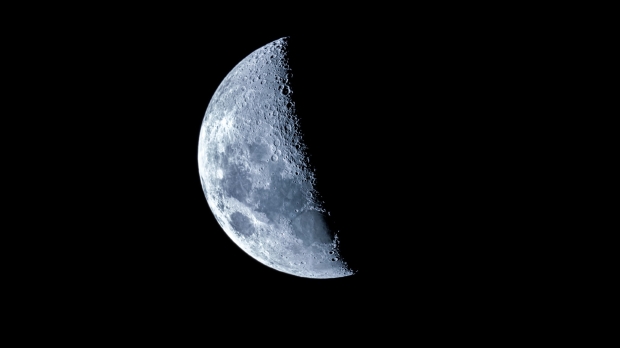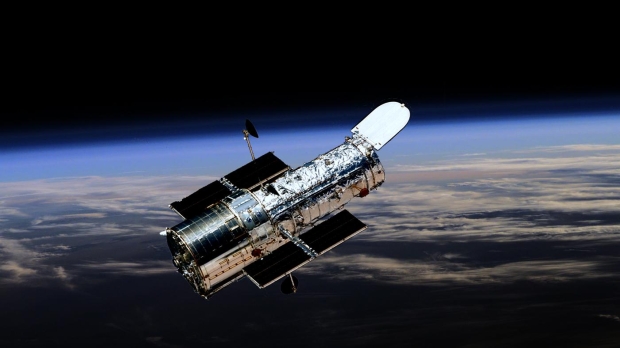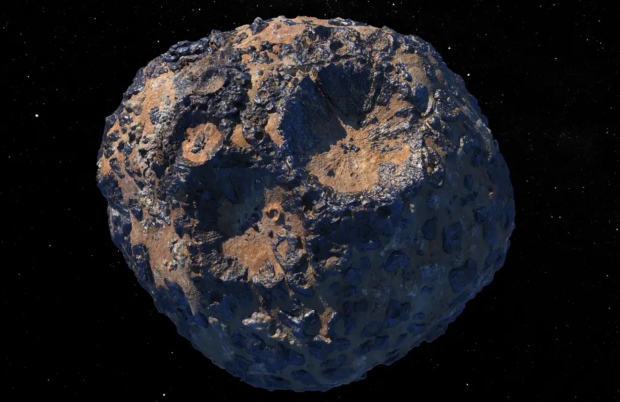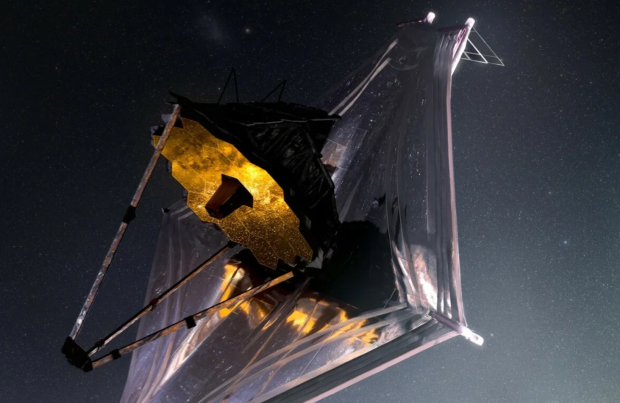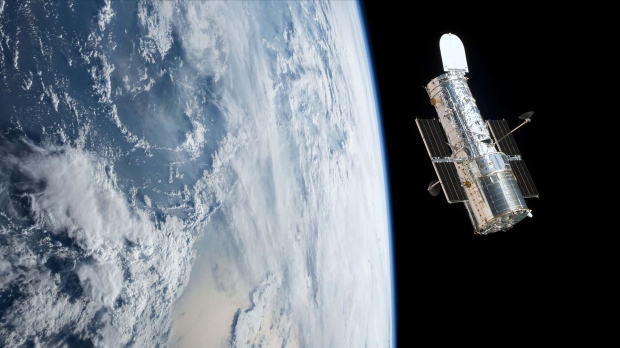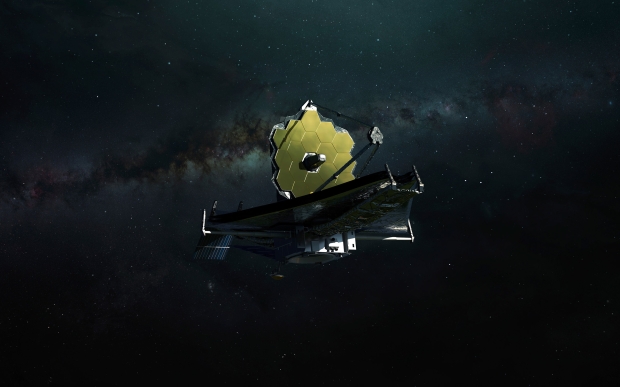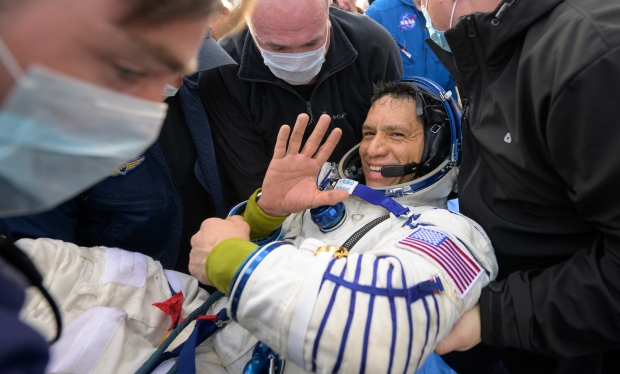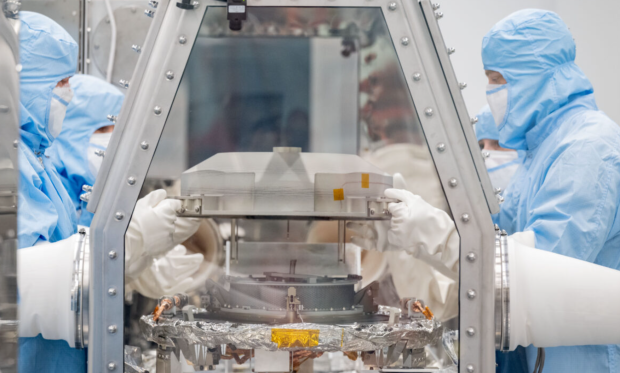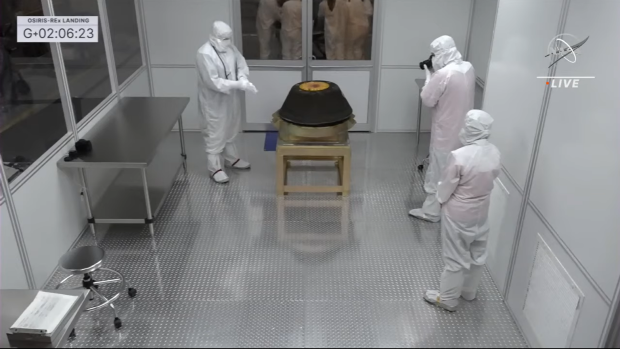Science, Space, Health & Robotics News - Page 31
Scientists officially confirm the mystery of what's inside the Moon
The mystery behind what is inside the Moon, or more specifically, what makes up the inner core of Earth's closest neighbor, may have finally been solved.
Newly published research published in the scientific journal Nature details a set of measurements researchers conducted on the Moon using lunar lasers, and collected data from space missions. The team created a profile that contained various lunar characteristics, such as its degree of deformation as a result of being gravitationally bound to Earth, the different distances it orbited Earth, and its density. With this data, the researchers created models containing different core types and attempted to match the profile data with a core type.
What they found was that the inner core of the Moon is likely a solid ball that has a similar density to iron, and that deep beneath the mantle, there is active overturn, which means denser material close to the core is falling inward while less dense material moves outwards, toward the surface of the Moon. This point ties perfectly into the evidence of volcanic activity seen on the surface of the Moon.
Continue reading: Scientists officially confirm the mystery of what's inside the Moon (full post)
NASA telescope photographs object showing significant radio emissions
NASA's Hubble Space Telescope has been in operation for more than 30 years and is still able to produce some of the most impressive photographs of the cosmos, such as this recently highlighted image of a galaxy known as NGC 612.
NASA has taken to its website with a brand new image snapped by the Hubble Space Telescope, with the iconic space telescope pointing its sensitive instruments at the lenticular galaxy called NGC 612, capturing its beauty in visible and infrared light. Notably, lenticular galaxies feature a central budge and disk that's similar to spiral galaxies, but they lack the long spirally arms. NASA explains that these types of galaxies harbor older star populations that range between 40 to 100 million years.
The above image shows a massive galactic disk that is mostly comprised of dust and hydrogen, with red and orange colors indicating matter. Furthermore, NGC 612 is a Seyfert galaxy, which means it has an active nucleus that's 100 times brighter than the combined light of its stars. More specifically, NGC 612 is a Type II Seyfert galaxy, meaning matter moves slowly around its nucleus.
Continue reading: NASA telescope photographs object showing significant radio emissions (full post)
Elon Musk announces Starship is ready for its second flight but there's one thing stopping it
SpaceX launched Starship back in April, and the first orbital attempt for the world's largest and most powerful rocket ended in flames, with SpaceX losing communication with the rocket due to fires and ultimately resulting in a self-detonation.
Despite what appears to be a catastrophic failure in every regard, SpaceX deemed the mission a success as much was learned about how to fly Starship, and it even reaching the altitude of 24 miles was impressive as many staff, including Elon Musk, believed there was a decent chance the rocket wouldn't even get off the launch pad. The necessary changes were implemented into the next model of Starship, and that one is now standing on the Starbase launch pad waiting to take off.
So, what is stopping the next orbital test flight? The Federal Aviation Administration (FAA) needs to grant SpaceX a license for launch, which the company is currently working through right now. Musk said back on September 10 that SpaceX had completed 57 of the 63 items the FAA required for a license to be granted. Musk wrote on October 1 that "Starship is ready for flight 2!". SpaceX wrote on the same day that its "team continues to work with the FAA on a launch license."
NASA is sending a spacecraft to a possible planetary core floating in deep space
On October 12, 2023, NASA will be launching a mission to an astronomical object called Psyche, which could possibly harbor the secrets to the evolution of Earth's core.
New research out of NASA's Ames Research Center in California has summarized what NASA will find when its spacecraft arrives at the solar system's second-largest metallic asteroid called Psyche. Researchers behind the study bounced different wavelengths of light off Psyche, and from the data received, were able to determine how porous the surface has, and the amount of energy it emits. This leads to the conclusion that Psyche is a metal-rich asteroid with a "fluffy" surface.
How does this relate to Earth? Researchers believe that planets such as Earth, Mars, and Mercury have metallic cores, but due to their depth, observations are extremely difficult. There is speculation that Psyche may be the core of a planet, which will assist scientists in understanding the evolution of Earth and other planet cores. Psyche is a large asteroid, with NASA writing that it would be able to cover "the distance from New York City to Baltimore, Maryland."
Scientists may be about understand one of the biggest mysteries of the universe
An exploding star captured by NASA's James Webb Space Telescope (JWST) may be what researchers need to solve one of the biggest mysteries of the universe.
Researchers are still attempting to figure out what is called the "Hubble tension", which is the discrepancy that lies between measuring the expansion of the universe in two different ways. The first method measures the cosmic microwave background (CMB), leftover radiation from the Big Bang, or what is commonly referred to as the beginning of the universe as a whole. The second is the Hubble constant, the speed at which astronomical objects such as galaxies and supernovas are moving away from Earth.
Notably, the Hubble constant consistently produces a higher number than CMB measurements, and the discrepancy between these two is what researchers have been trying to explain. NASA's Webb telescope snapped an image of a type 1a supernova called SN H0pe back in March, and the image, as seen above, showcases the exploding star as a streak of orange light, an effect called the gravitational lensing that occurs when light passes through space-time that has been warped by the intense gravitational pull generated by an astronomical object.
NASA telescope photographs two objects in space merging into one
Space is a weird and wonderful place, and instruments that space agencies have put out into the void are constantly at work documenting anything of interest to researchers.
One of those instruments is the famous Hubble Space Telescope, which has been in operation for more than 30 years. Despite its age, Hubble is regularly used to snap extremely impressive and scientifically valuable images of the cosmos, with NASA highlighting one such image of a pair of interacting galaxies called Arp 107. NASA explains in a recent blog post that Arp 107 is a celestial object that is in the midst of a collision, with one Seyfert galaxy on the left and a smaller companion galaxy on the right.
Notably, a Seyfert galaxy is a galaxy that contains an active nucleus, or an active supermassive black hole at its center. NASA writes that it can observe Arp 107's spiraling whorls, which are areas of intense star formation, along with a "bridge" that's connected to the smaller companion galaxy. NASA explains that this "bridge" consists of dust and gas, and is a result of the gravity of the larger Seyfert Galaxy. Furthermore, Arp 107 resides approximately 465 million light years away from Earth.
Continue reading: NASA telescope photographs two objects in space merging into one (full post)
Scientists baffled at NASA's Webb telescope spotting objects that shouldn't be there
NASA's James Webb Space Telescope has discovered new evidence of fragile astronomical objects that is making scientists question their own theories about how the universe evolved over millions of years.
Astronomers generally agree that our Milky Way galaxy is quite a fragile galaxy that couldn't have existed in the early tumultuous stage of the universe when galaxies were continuously colliding and merging into each other. So, what makes the Milky Way fragile? Astronomers recognize the Milky Way as a spiral galaxy because if you were to view the galaxy from the top or bottom, it would look like a spinning pinwheel.
These long spiral arms wouldn't have survived galactic mergers and would have been ripped apart, leading astronomers to believe galaxies such as the Milky Way wouldn't be able to survive in the chaotic environment of the early universe.
This astronaut just set a new record for the longest time an American has stayed in space
A new record has been set for the longest time spent in space by an American, with the welcoming home celebrations beginning immediately for Dr. Frank Rubio, who landed safely back on Earth with his fellow crewmates on Wednesday.
Rubio spent a record-breaking 371 days in space aboard the International Space Station (ISS) and on Wednesday departed the floating laboratory with Roscosmos cosmonauts Sergey Prokopyev and Dmitri Petelin, at 3:54 a.m. EDT, eventually touching down southeast of the remote town in Dzhezkazgan, Kazakhstan.
Notably, Rubio launched from Earth on September 21, 2022, alongside Prokopyev and Petelin, and after a delay in his mission duration, which prolonged his stay, Rubio clocked up 371 days in space. More than any other US astronaut. During his time spent aboard the ISS, the NASA astronaut orbited Earth 5,936 times, journeyed more than 157 million miles, or approximately 328 trips to the moon and back, and saw 15 spacecraft arrive at the ISS.
Scientists gasped after they opened the lid of NASA's asteroid sample capsule
NASA made history this week when it safely landed asteroid samples for the very first time back on Earth, paving the way for researchers to develop a deeper understanding of these space rocks and the solar system's evolution.
NASA's OSIRIS-REx spacecraft delivered the capsule containing samples from the asteroid Bennu to the Utah desert at 10:52 a.m. EDT on September 24, 2023. Notably, Bennu is located approximately 4 billion miles away from Earth, and is the first asteroid sample NASA has ever collected, marking a milestone for the space agency.
The container containing the samples was immediately transported to NASA's Johnson Space Center in Houston, Texas, and has now been cracked open. According to a new blog post on NASA's website and posts on the space agency's social media channels, the lid was taken off the canister, and inside was "dark powder and sand-sized particles on the inside of the lid and base," per the NASA Astromaterials X account.
NASA makes history by landing valuable asteroid samples safely back on Earth
A capsule carrying samples from the asteroid named Bennu successfully touched back down on Earth at 10:52 a.m. EDT, marking a historic mission success for NASA.
NASA's OSIRIS-REx spacecraft officially made history when its sample capsule safely floated down and landed in the Utah desert at 10:52 a.m. EDT on September 24, 2023. The capsule contained samples from the asteroid Bennu, located 4 billion miles away, and are the first asteroid samples collected by NASA. On its journey home, OSIRIS-REx released the capsule 63,000 miles from Earth, and after it safely landed, the teams discovered the gathered 250 grams (8.8 ounces) of rocks and other material from Bennu.
The sample was transported to NASA's Johnson Space Center in Houston, Texas, and underwent further examination in a dedicated new facility labeled the Astromaterials Research and Exploration Science (ARES) division. The next step is to divide the samples into different institutions and research facilities.


